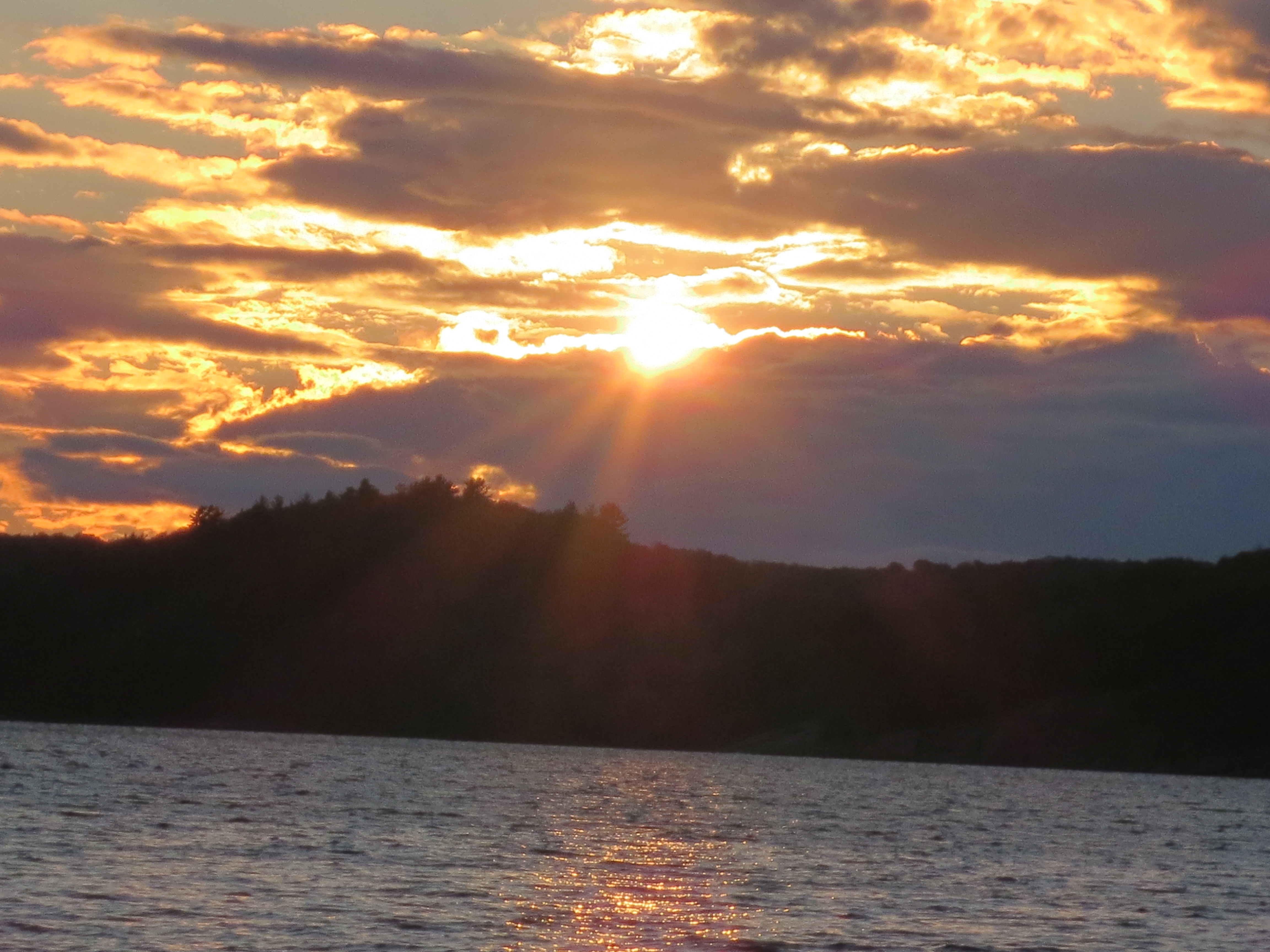Like this article? rabble is reader-supported journalism. Chip in to keep stories like these coming.
This article is part one of Our Warming World, a larger series on the everyday impacts of environmental change.
Why had all the crayfish disappeared?
This is the question renowned naturalist John Smol, co-director of the Queens University Paleoecological Environmental Assessment and Research Laboratory, asked himself as he stared into the depths of an isolated lake in the far reaches of Algonquin Park. Together with his team of researchers, he’d hiked for two days to reach the remote site, located far away from any roads and visited by few humans. A near-pristine lake, it seemed like the perfect opportunity to spot a few of the common water creatures.
Their absence only confirmed his worst suspicions — something was killing them off.
The culprit is a familiar one, Smol warns. Osteoporosis, a calcium deficiency most commonly associated with old age in humans, has been wreaking havoc on some of Canada’s most treasured ecosystems. Caused largely by acid rain, the deficiency occurs when the pollutant sulfur dioxide reacts with calcium deposits in the lake and the surrounding soil. The calcium is consumed by the reaction, leaving little left for the lake’s inhabitants.
“Sure enough, with the calcium decline, sensitive species were starting to disappear in many lakes,” says Smol. His team began researching calcium depletion five years ago, analyzing fossils and lake sediment to observe both biological and mineral changes in a Halliburton lake.
“To look at this problem more closely, you have to go back to what it was like before acid rain, before the 1800s,” he says. “We look at fossils and lake sediments, and it’s like a time machine. We go back in time and reconstruct how things have changed in the past.”
Smol and his team were able to construct a 200-year timeline of changes, which linked calcium decline to the disappearance of crayfish. Although acid rain has significantly decreased in recent years, the ramifications have continued to play out in the water, suggesting there’s no quick fix for restoring the lost mineral.
“It’s the legacy of acid rain that’s the problem,” says Smol. “There’s very little calcium left in the soils around the lakes, so there’s not enough coming in.”

Because of their large exoskeletons, crayfish are particularly sensitive to calcium deficiency in lake water.
Though acid rain has affected vast swathes of forest, some lakes are undoubtedly hit harder than others. Several notable destinations in the Canadian Shield, such as Algonquin Park or cottage country near Haliburton, have experienced particularly severe calcium declines. “This is an acid sensitive region,” says Smol. “That’s where the problem started.”
Though acid rain is the root of the issue, the logging industry isn’t helping matters. Trees absorb large amounts of calcium, eventually returning it to the soil as they die and decompose. Eventually, some of that calcium-rich soil erodes into nearby lakes, returning calcium to the water supply. Forestry operations in calcium-deficient areas remove that calcium, further depleting the nearby lakes.
“When people cut down trees, they’re basically exporting calcium from the watershed and bringing it to their houses,” says Smol.
The results of calcium deficiency can be devastating. In addition to species loss, Smol has witnessed a phenomenon he calls the “jellification” of lakes — where small, jelly-covered water fleas are outcompeting original water flea species. It seems a small change, but the original fleas played a significant role in preventing algal blooms — and the new competitors are known to clog water intake pipes.
It’s just one of many changes Smol says we could expect. “We’ll be seeing changing food web webs, possibly changing fish species,” he says. “It’s a little hard to make too many predictions when we’re just starting down this road.”
There’s one thing he can be sure of: the scope of the problem. “The effect of this calcium depletion, it’s going to cascade through the whole ecosystem,” he says. “I think you’ll see this problem for a while.”

Jen Halsall is studying journalism and history at Carleton University in Ottawa. She also makes very small, very cute terrariums and sells them on the Internet. She is rabble’s 2015-16 blogs intern.
Like this article? rabble is reader-supported journalism. Chip in to keep stories like these coming.



